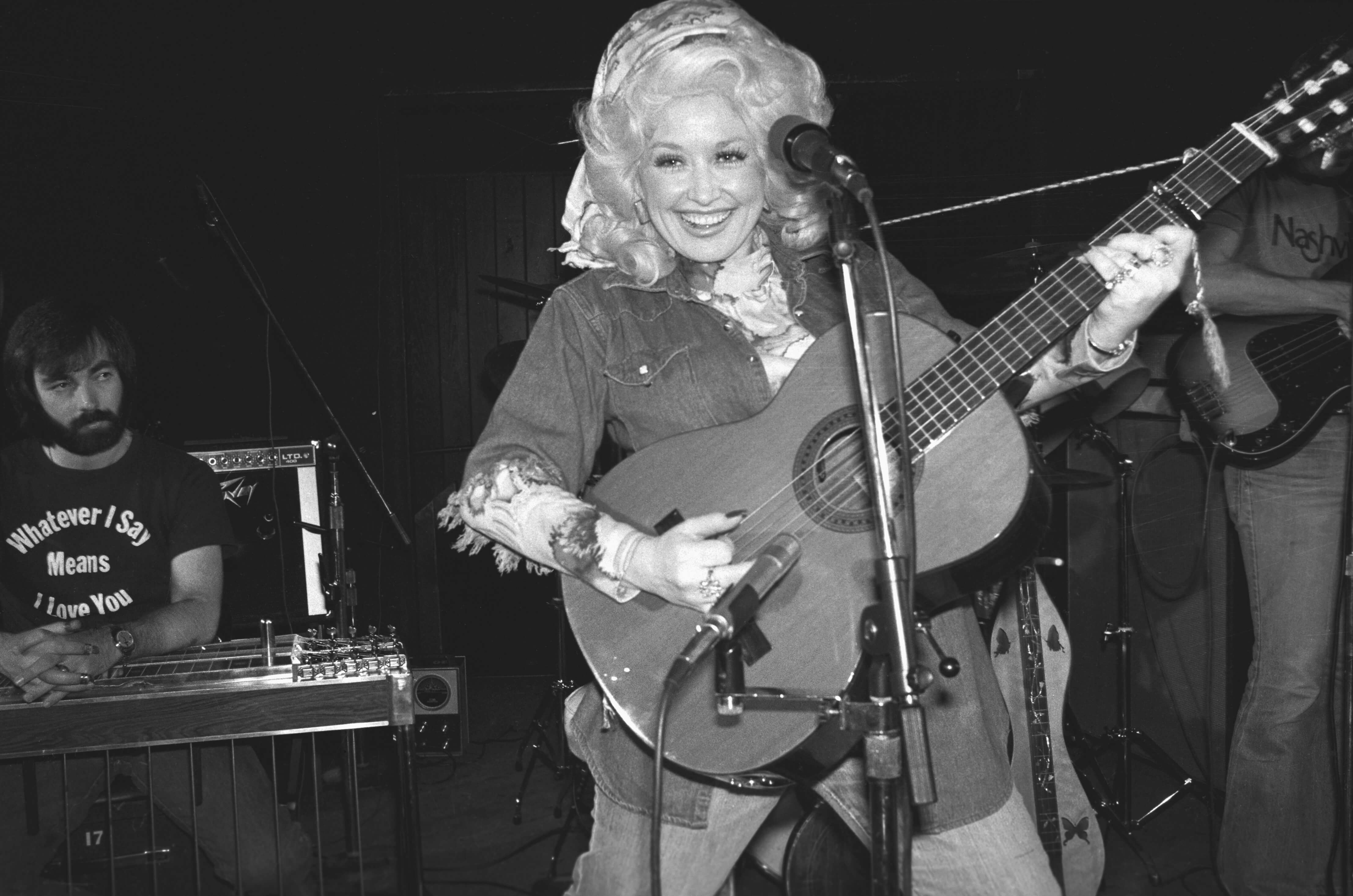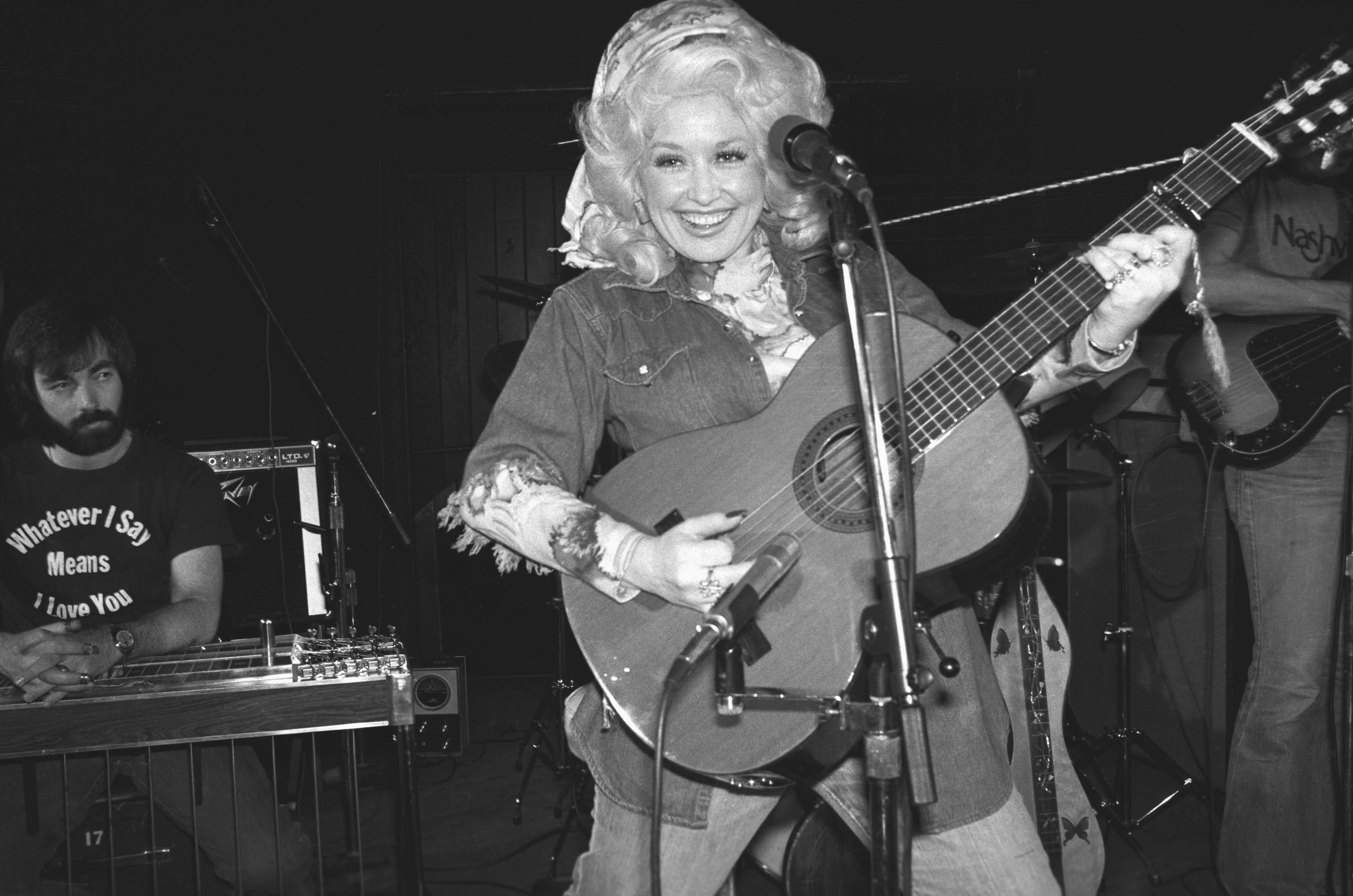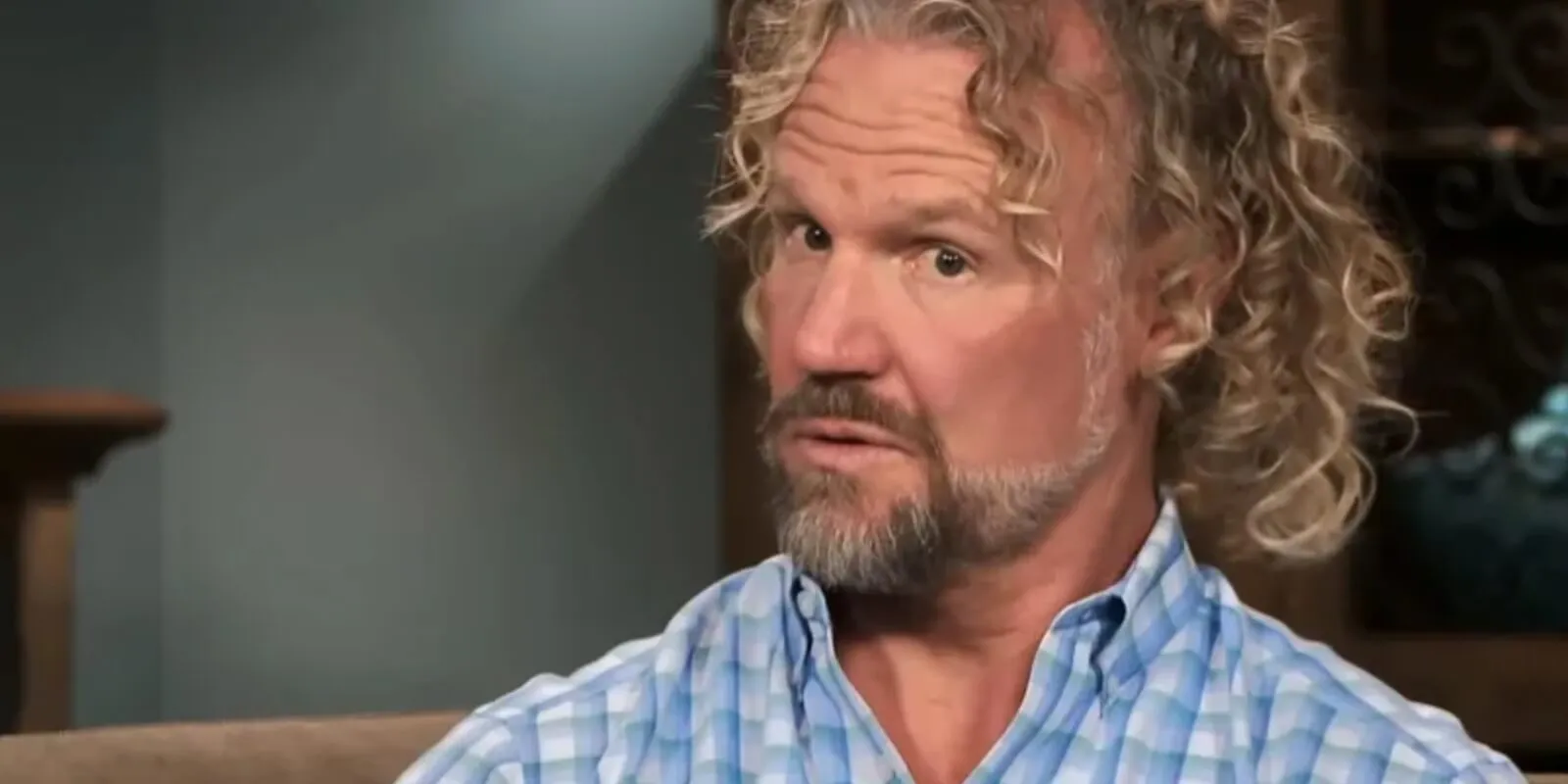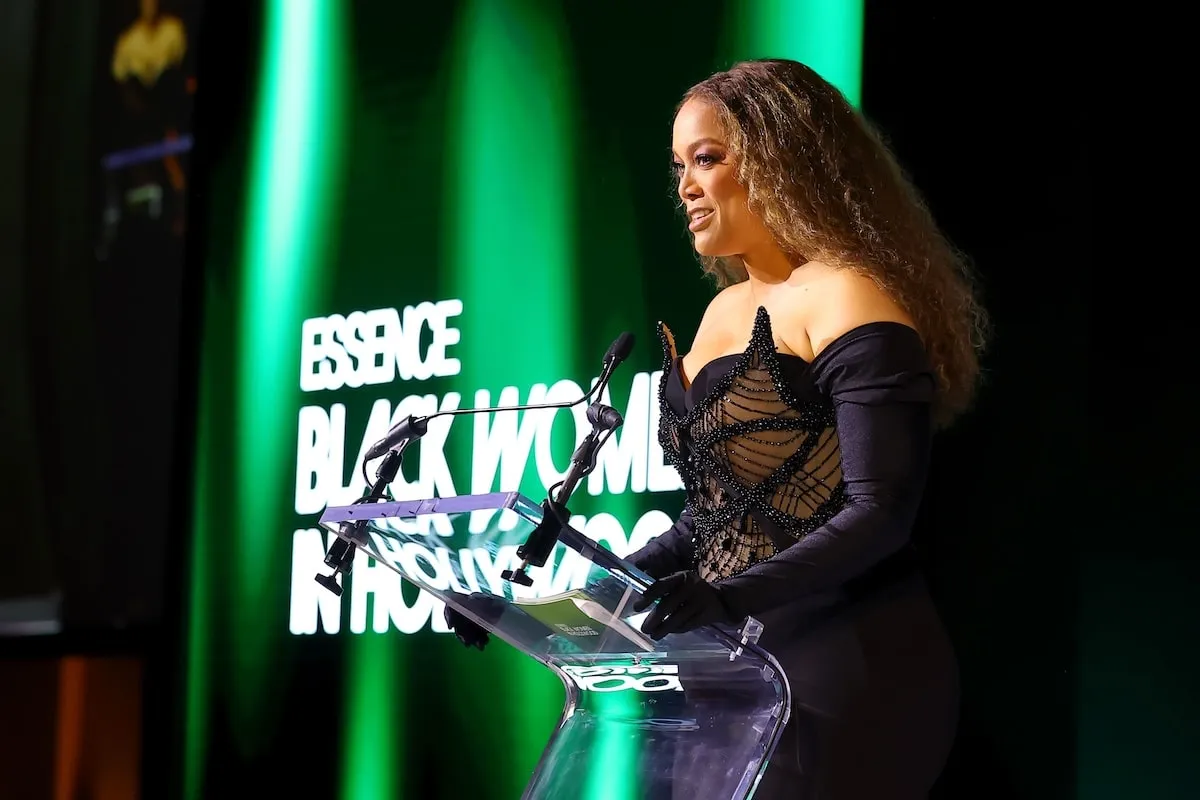
A Closer Look at ‘Sawdust’—the Man Who Inspired Countless Nasty Rumors and Dolly Parton’s ‘Applejack’
Dolly Parton’s “Applejack” came out in 1977 on her New Harvest … First Gathering collection. The song tells the story of a man who lives by an apple orchard and plays the banjo. His name is Jackson Taylor but people call him AppleJack, and he’s “loved by everyone he ever knew.” The real inspiration for the song though, a man called “Sawdust,” was not quite so popular.
The rumors about Sawdust

In Parton’s first memoir, Dolly: My Life and Other Unfinished Business, she goes into who exactly Sawdust was. Just like Apple Jack, Sawdust had earned himself a nickname—he kept sawdust on his floor. Just like Apple Jack, Sawdust lived in a shack. And just like Apple Jack, Sawdust was often alone (perhaps due to the fact that “he did smell awful”).
“People tend to fear what they do not know, and what they fear they dislike,” wrote Parton.
People feared Sawdust. There were countless rumors about the old man.
“He had a bunch of old, mangy dogs, and some said he had sex with them,” wrote Parton. “While there was no doubt he slept with them, it is not likely the relationship was actually consummated.”
Sawdust hardly left his shack. He never went into town and he didn’t have a farm. So the “Jolene” singer figured he hunted for his food.
“There was one time when he sent away for a mail-order bride,” wrote Parton. “I suppose that in itself shows that he didn’t really want to be alone. If only he had sent away for a case of soap at the same time. Anyway, after a while this woman came to live with him. She was large and unsightly, but I can still imagine the shock she was in store for.”
The woman arrived with her adult daughter. There was a rumor that Sawdust was intimate with them both. After about eight months, the mother and daughter suddenly disappeared. This propelled another rumor that Sawdust killed them.
“The only disagreement among the rumormongers was as to whether or not he had fed them to the dogs or eaten them himself,” she wrote.
Parton thinks that, most likely, Sawdust simply sent his mail-order bride and her daughter back home.
The stories that popped up around Sawdust were consistent with other stories that were told about mysterious mountain people that the “Down From Dover” singer heard as a girl.
“People will create monsters,” wrote Parton. “I suppose if everybody in the world looked exactly alike except for one person who had brown eyes instead of blue, that brown-eyed man would be the devil incarnate.”
Dolly Parton bonded with Sawdust over music
After hearing the horror stories about Sawdust, Parton resolved to avoid the old man.
“He could be frightening-looking,” she wrote. “His long hair and beard were matted, and his teeth were not pretty—either one of them.”
But, one day, as she was walking near his shack, she heard some excellent banjo-picking. When she went to go investigate, she saw that it was Sawdust playing.
“Suddenly, the old man looked completely different to me,” she wrote. “I believe there is a bond that unites all musicians, and somehow I felt an instant kinship with this unlikely person. The face could have uglied a squirrel to death at forty paces, but the foot was stomping out a rhythm, and that was good enough for me.”
Every day after that, Parton would stop by Sawdust’s shack to enjoy his music. She’d sing and tap out the rhythm on his porch rail.
“I was having a grand time, and Sawdust loved it too,” she wrote. “More and more he would be out on the porch when he knew it was time for me to come by. Of course, I was always hoping to be upwind of him, but the stories he told fascinated me so much I would have stood the smell anyway.”
Parton learned that Sawdust had lived an interesting life. He was in the war and had traveled to different countries, which captivated the “Coat of Many Colors” singer.
“He taught me songs and chords on the banjo, and he taught me it was all right to be different,” she wrote.


